
Sesame (Sesamum indicum) My Garden Life
Sesamum indicumL. (Pedaliaceae) is an annual plant, which has been domesticated for well over 5000 years. It is widely cultivated for its seeds and is one of the oldest known oilseed crops.
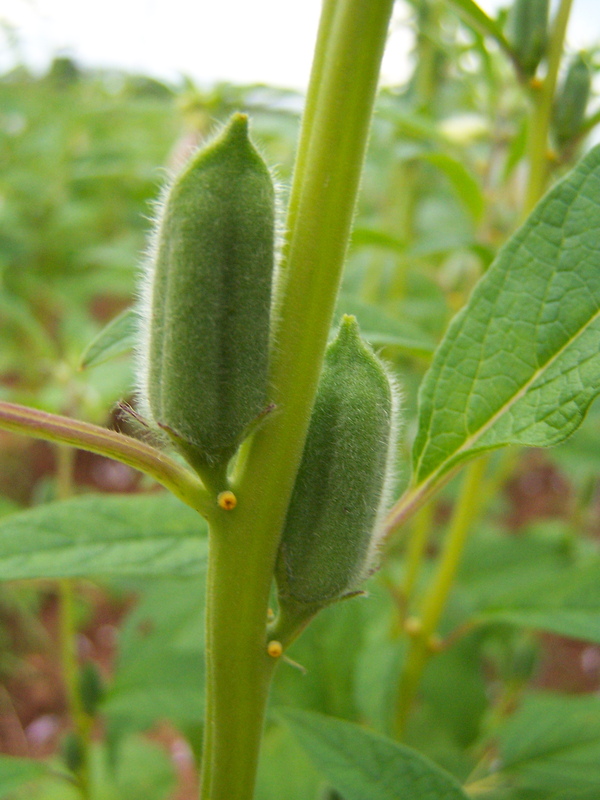
West African Plants A Photo Guide Sesamum indicum L.
Sesamum indicum is an annual member of the Sesamum genus in the family Pedaliaceae. Practical Plants This is an archived copy of this article, recovered after a server failure in January 2022.
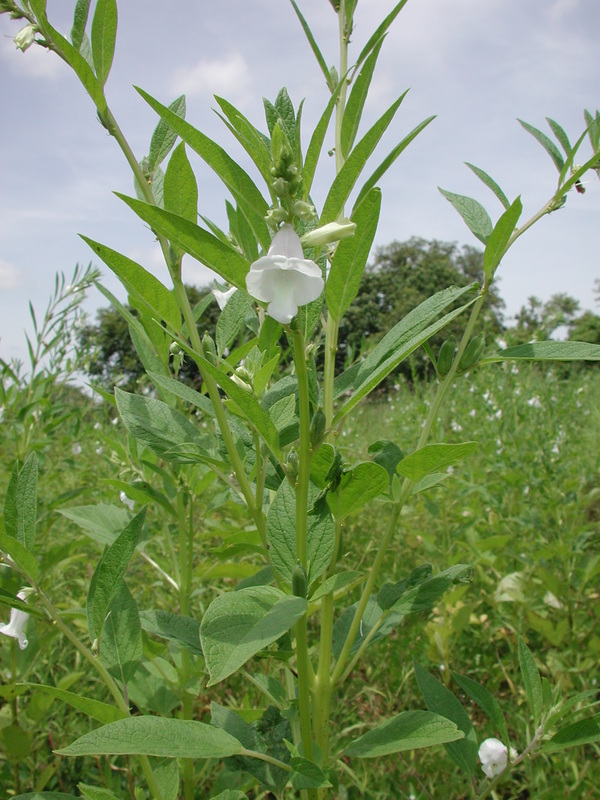
West African Plants A Photo Guide Sesamum indicum L.
The general rule for use in cooking is: use twice as much fresh or frozen herb as compared to dried herb. Harvest seeds when the flowers start to fade and turn brown, but before the seeds fall from the plant. Herbs planted in the garden don't require additional fertilizer. Apply a 1-2" (3-5cm) layer of mulch or compost.
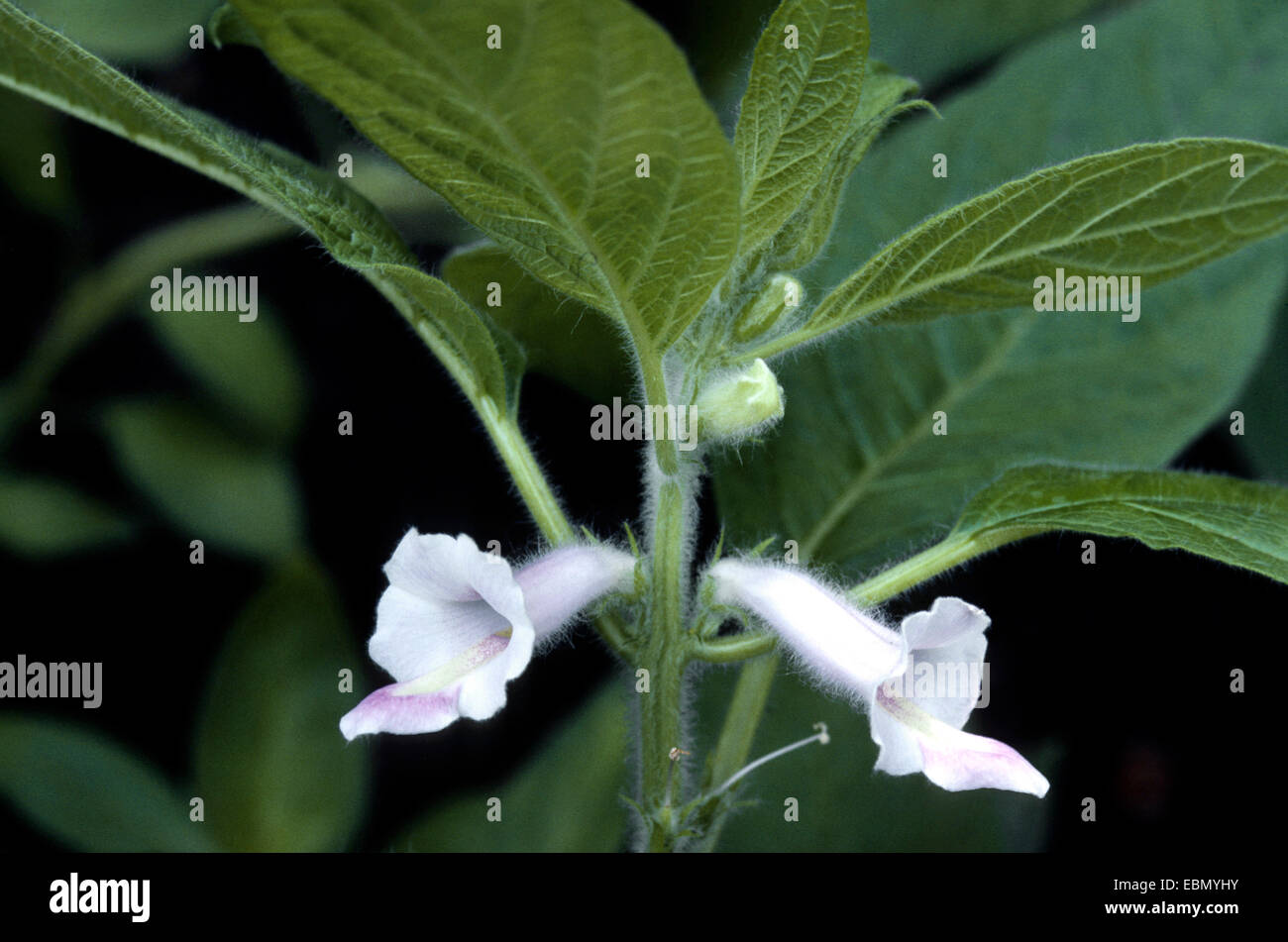
sesamum, sesame (Sesamum indicum), blooming plant Stock Photo Alamy
Ethnopharmacological relevance: Sesamum indicum L. (Pedaliaceae) is an annual plant, which has been domesticated for well over 5000 years. It is widely cultivated for its seeds and is one of the oldest known oilseed crops. Traditionally, its seeds, seed oil, and different organs of the plant have been used to treat various diseases or conditions like ulcers, asthma, wound healing, amenorrhea.

Sesamum indicum L. Plants of the World Online Kew Science
The sesame (Sesamum indicum) is actually a flowering plant in the genus Sesamum (also called benne). The plants are actually very beautiful with attractive dark-green leaves and have tubular flowers that can be of white or pale pink color. The mature plants can grow between 3 and 6 feet tall (depending on the variety).
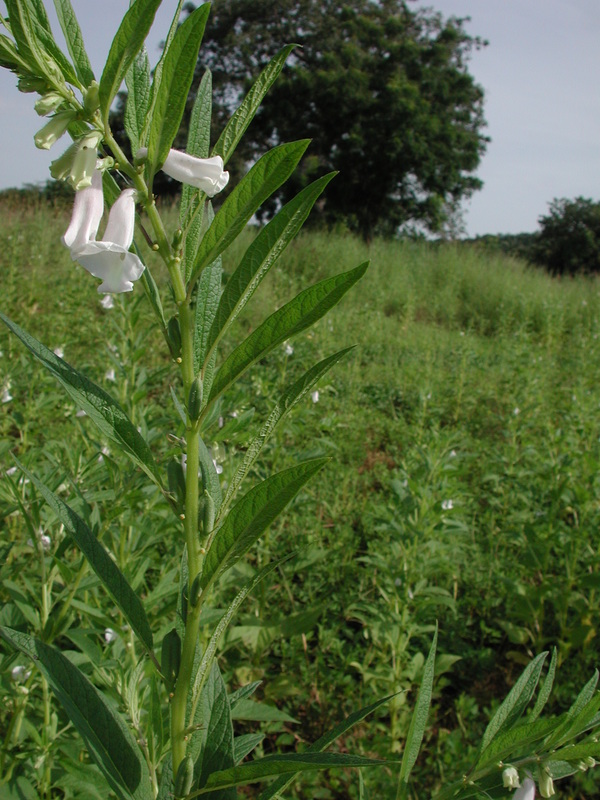
West African Plants A Photo Guide Sesamum indicum L.
sesame, ( Sesamum indicum ), erect annual plant of the family Pedaliaceae, grown since antiquity for its seeds, which are used as food and flavouring and from which a prized oil is extracted. Widely cultivated, the sesame plant is found in most of the tropical, subtropical, and southern temperate areas of the world.

Sesame Flower, Sesamum Indicum Stock Image Image of macro, floral 252990895
1. Introduction. Sesame (Sesamum indicum L.) is an ancient oilseed crop [] cultivated in subtropical and tropical regions of Africa, Asia, and South America as a source of edible seeds and high-quality oil.The origin of cultivated sesame has not been conclusively identified [].Although Africa hosts most wild relatives of cultivated sesame, genetic arguments support the Indian origin of Sesamum.

Sesame Seeds (Sesamum indicum) Monticello Shop
This datasheet on Sesamum indicum covers Identity, Overview, Associated Diseases, Pests or Pathogens, Distribution, Biology & Ecology, Uses, Management, Genetics and Breeding, Food Quality, Food Safety, Economics, Further Information. Get full access to this article View all available purchase options and get full access to this article. Get Access

Free Images meadow, flower, purple, wild, botany, flora, wildflower, india, sesame, karnataka
The sesame plant ( Sesamum indicum) belongs to the Pedaliaceae family, and is native from Africa, grows in tropical, subtropical regions and southern temperate areas of the world. The seeds are small and off-white in color. They may be eaten whole or ground. These seeds are very common to be used in confectionery and baked goods.

Sesame Sesamum Indicum Teel Plant Stock Image Image of edible, genus 231120359
Sesamum indicum - L. Common Name Sesame Family Pedaliaceae USDA hardiness 10-12 Known Hazards None known Habitats Not known in a truly wild situation. Range Not known but possibly northeast Africa or India. Edibility Rating (3 of 5) Other Uses (4 of 5) Weed Potential No Medicinal Rating (3 of 5) Care (info)

Sesame (Sesamum indicum) Plants, Succulents, Wild flowers
Sesame seeds have many potential health benefits. For instance, they may protect against heart disease, diabetes, and arthritis. But you may need to eat significant amounts — a small handful per.
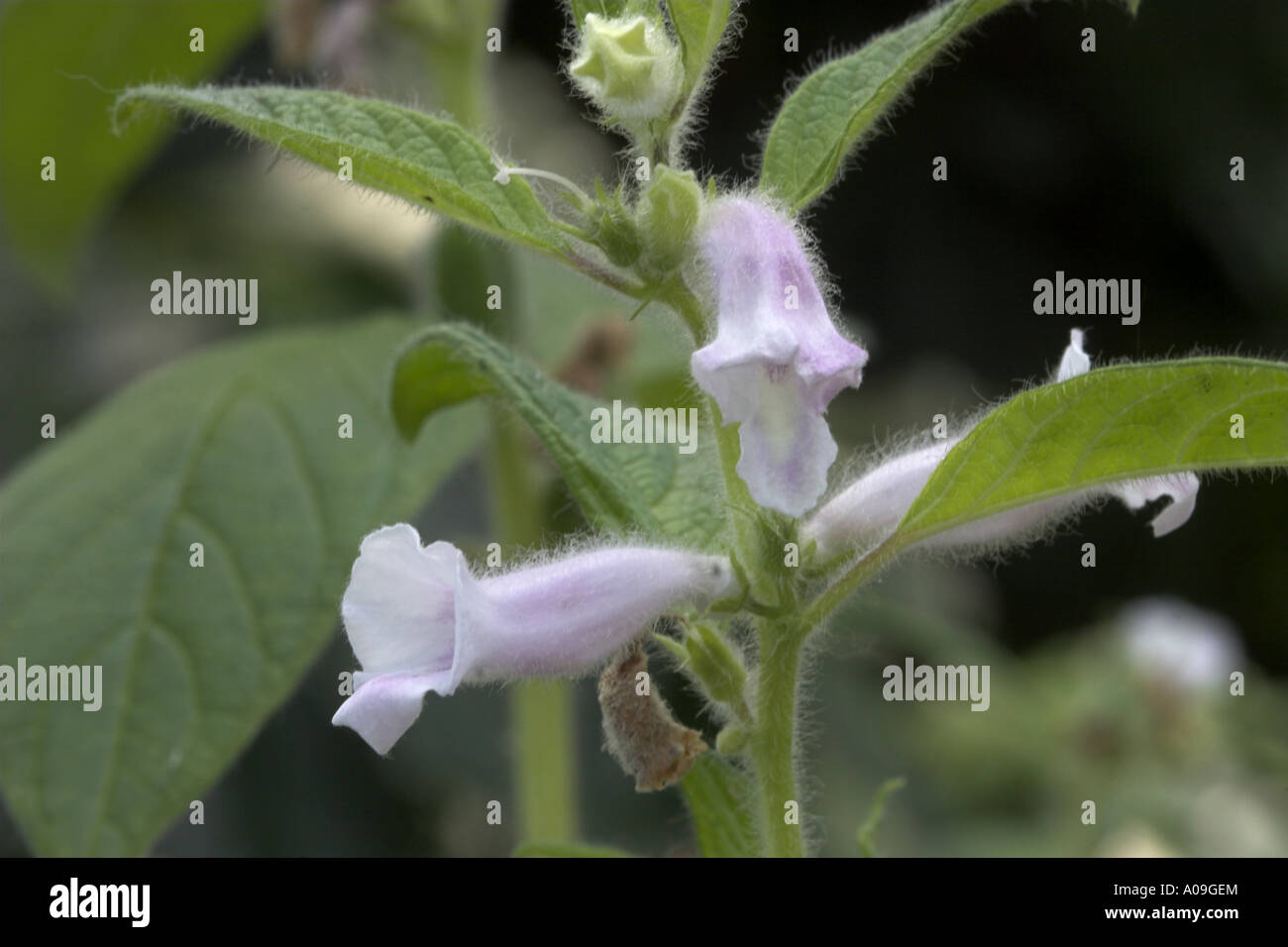
sesamum, sesame (Sesamum indicum), plant with blossoms Stock Photo Alamy
Sesame ( Sesamum indicum L.) is one of the earliest human production and consumption oil crops in the family of Pedaliaceae [ 1 ], rape, soybean, and peanuts, known as China's four major oil crops. First discovered in ancient sites in Pakistan, sesame is a long-established cultivated crop [ 2 ].
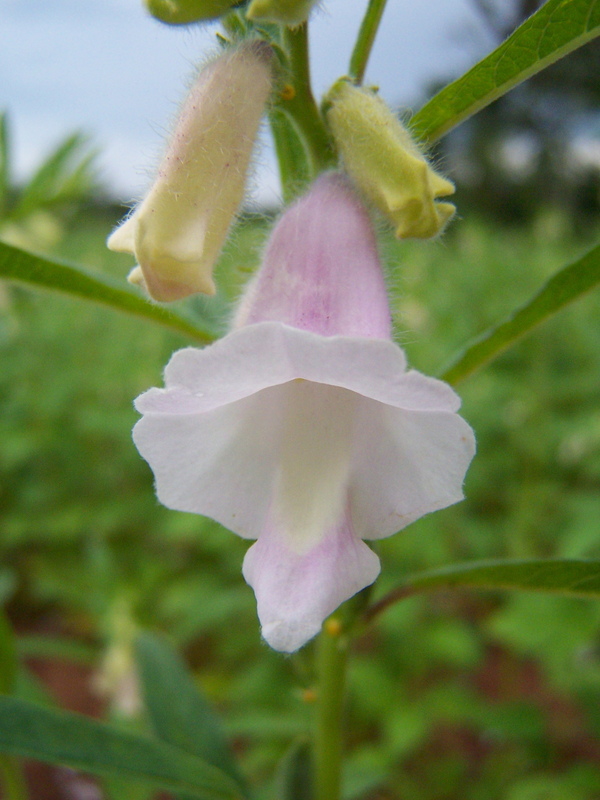
West African Plants A Photo Guide Sesamum indicum L.
Sesame ( / ˈsɛsəmi /; [2] [3] Sesamum indicum) is a plant in the genus Sesamum, also called benne or gingelly. [4] Numerous wild relatives occur in Africa and a smaller number in India. [5] It is widely naturalized in tropical regions around the world and is cultivated for its edible seeds, which grow in pods.
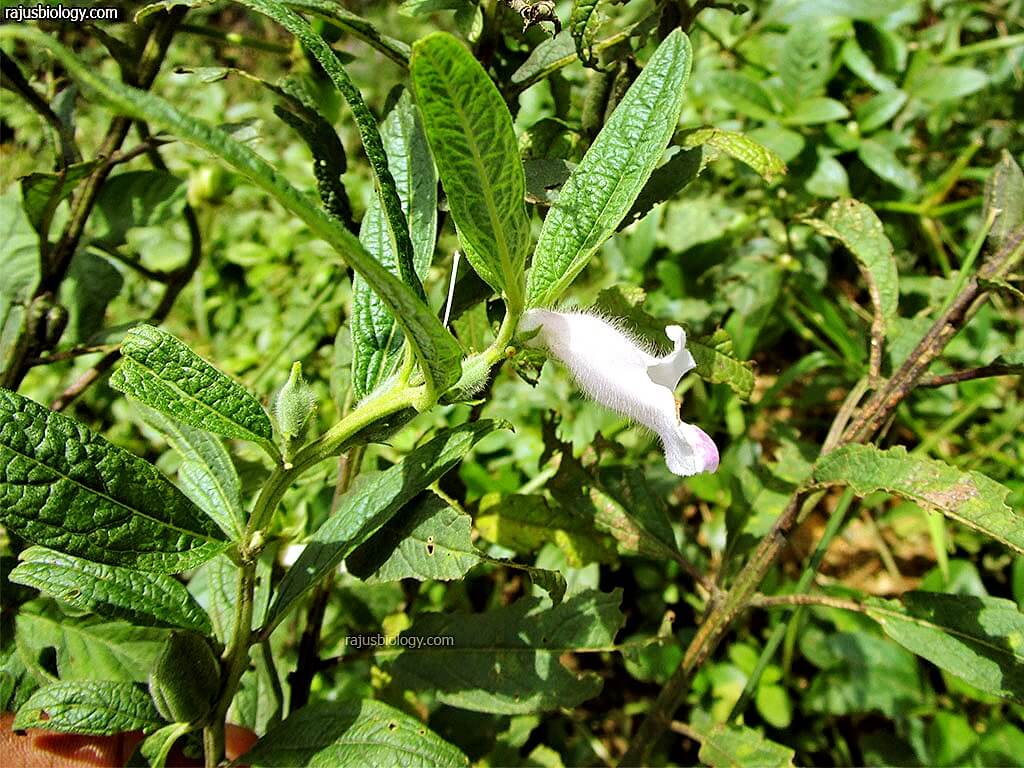
Sesamum indicum medicinal uses Rajus Biology
Sesame is part of the Pedaliaceae plant family and the species Sesamum indicum is usually grown. The plant has a pivotal, slightly branched root. The stem is straight, 50-150 cm high, covered with bristles. The leaves are long and covered with small bristles.
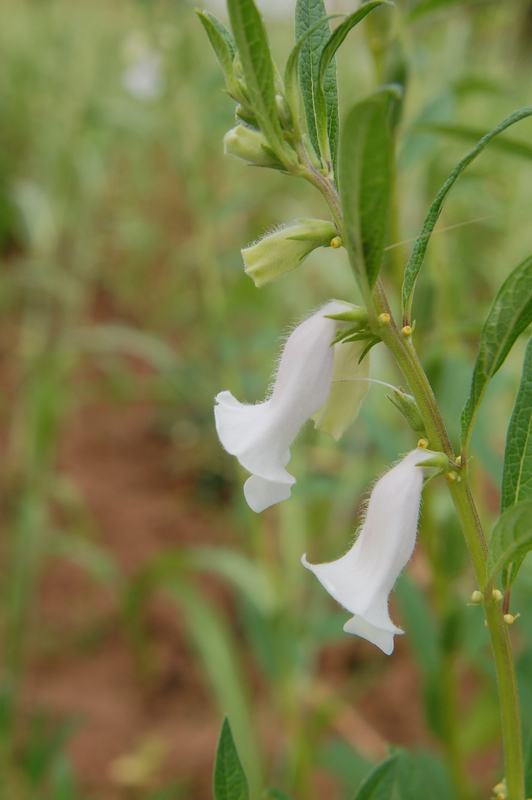
West African Plants A Photo Guide Sesamum indicum L.
The sesame plant is a tropical perennial that is often grown as an annual. Native to Africa and India, the plant produces the delicious, ubiquitous sesame seeds we see on bagels, in tahini, and as an essential ingredient in many foods. It must have very hot, dry conditions with full sun and well-drained soil with neutral pH.
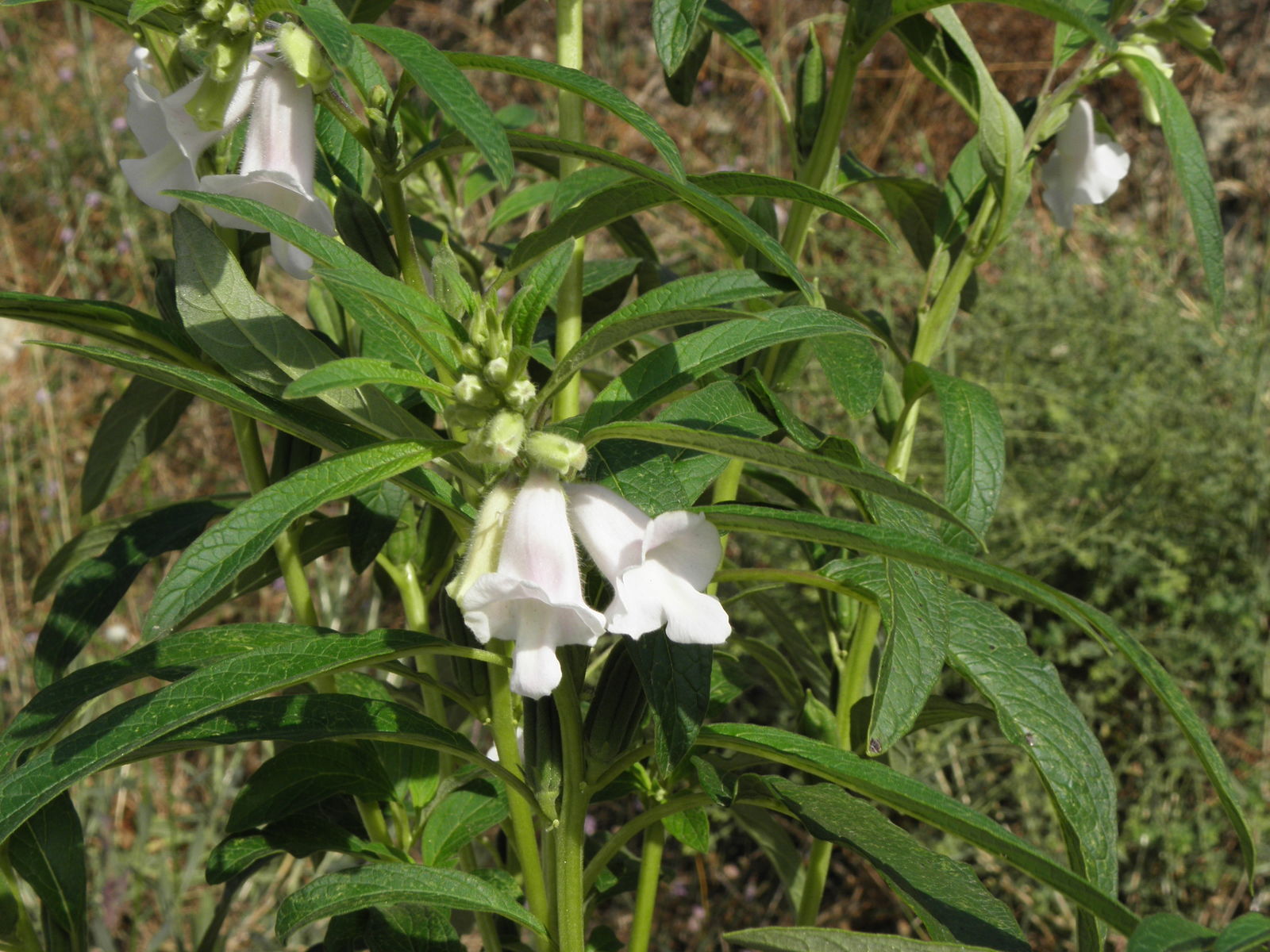
Sesamum indicum L. Plants of the World Online Kew Science
Sesame ( Sesamum indicum) attracts a wide range of pollinators, making it a favorite plant for bumble bees and other insects. And don't forget aesthetics; this plant is good-looking, with an upright growth habit and showy bell-shaped flowers. Characteristics As far as cooking goes, there's more to sesame than just decoration for burger buns.
